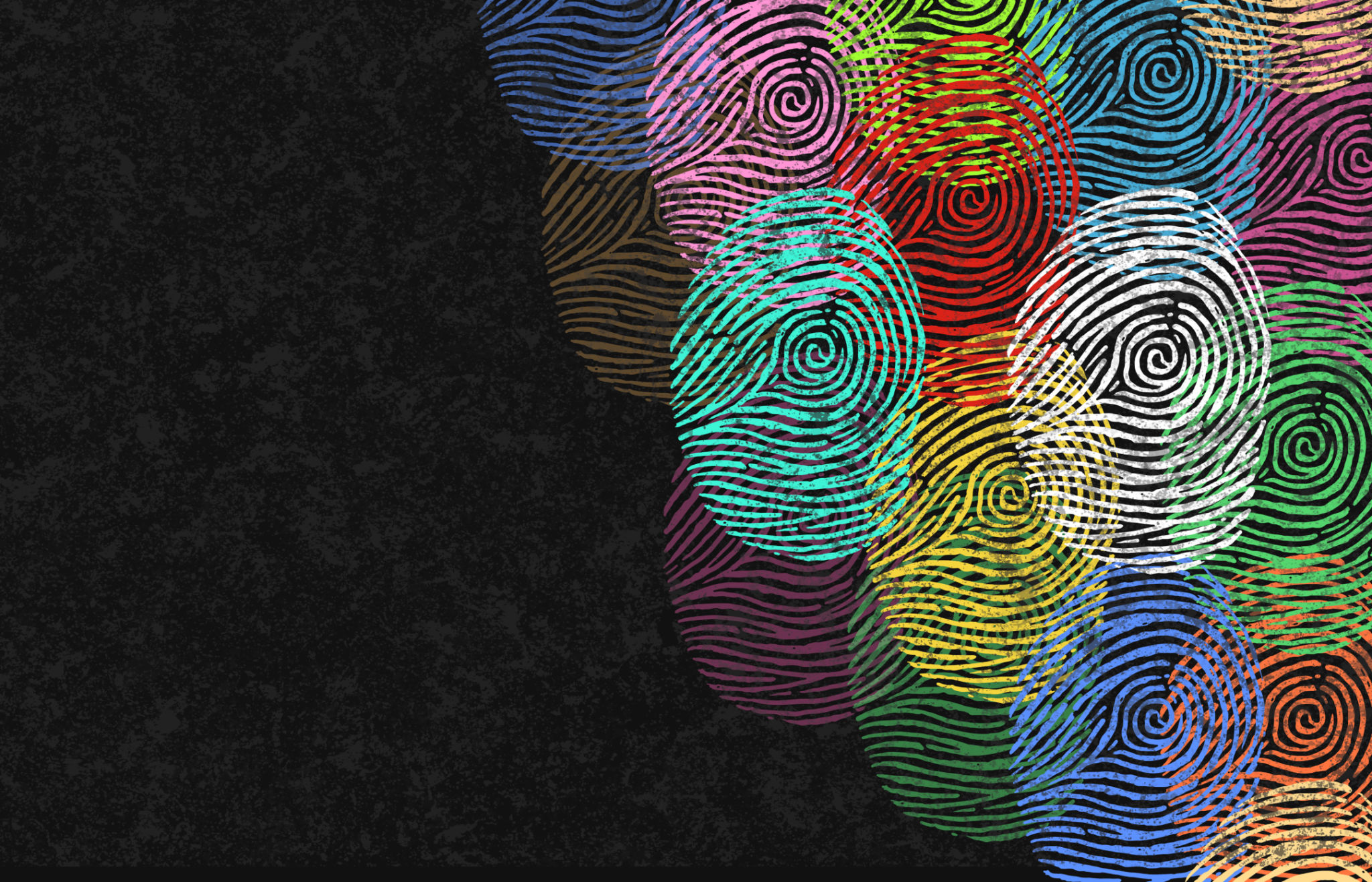How AI is Transforming User Experience Design
The Rise of AI in User Experience Design
The landscape of user experience (UX) design is undergoing a revolutionary change, thanks to the integration of artificial intelligence (AI). This transformation is not just about automating repetitive tasks but also about enhancing creativity and personalization in UX design. AI-driven tools are empowering designers to craft more intuitive and engaging interfaces that cater to the unique needs of each user.
As AI continues to evolve, its role in UX design becomes more significant. From predictive analytics to automation and personalization, AI is reshaping how designers approach their work, making the process more efficient and user-centered.

Predictive Analytics for User Insights
One of the most powerful applications of AI in UX design is predictive analytics. By analyzing vast amounts of user data, AI can uncover patterns and predict user behavior. This information allows designers to make informed decisions about layout, navigation, and content that resonate with their audience.
For instance, AI can identify which features users engage with most frequently, enabling designers to prioritize these elements in future updates. This data-driven approach ensures that UX design is constantly evolving to meet user expectations.
Personalization at Scale
Personalization is a key factor in enhancing user experience, and AI excels at delivering tailored experiences at scale. By leveraging machine learning algorithms, AI can customize content and interfaces for individual users based on their preferences and past interactions.
AI-driven personalization can manifest in various ways, such as recommending products, adjusting website layouts, or even creating personalized onboarding experiences. This level of customization was previously impossible without AI, allowing businesses to connect with users on a deeper level.

Automation in Design Processes
Automation is another area where AI is making a significant impact on UX design. Routine tasks like A/B testing, prototyping, and usability testing can now be automated, freeing up designers to focus on more strategic aspects of their work. This not only increases efficiency but also reduces the risk of human error.
By automating these processes, AI allows designers to iterate faster and implement changes based on real-time data. This agility ensures that the final product aligns closely with user needs and feedback.
Enhanced Accessibility
AI also plays a crucial role in improving the accessibility of digital products. Through technologies like natural language processing (NLP) and computer vision, AI can help create more inclusive designs that cater to users with diverse abilities. For example, AI can generate alt text for images, ensuring that visually impaired users can still understand visual content.

Challenges and Considerations
Despite the numerous benefits, integrating AI into UX design presents challenges. Designers must ensure that AI systems are transparent and that they maintain user privacy. It's essential to strike a balance between leveraging AI's capabilities and preserving human-centric design principles.
Moreover, as AI continues to learn and adapt, designers must remain vigilant to prevent biases from creeping into algorithms. Ensuring ethical AI use in UX design is paramount to building trust with users.
The Future of AI in UX Design
The future of UX design lies in the symbiotic relationship between human creativity and AI technology. As AI tools become more sophisticated, they will continue to redefine the boundaries of what is possible in design. By embracing these advancements, designers can create more meaningful and engaging experiences for users worldwide.
Ultimately, AI's integration into UX design is not about replacing human designers but rather augmenting their capabilities. As this technology continues to evolve, it will undoubtedly unlock new opportunities for innovation and creativity in the field.
